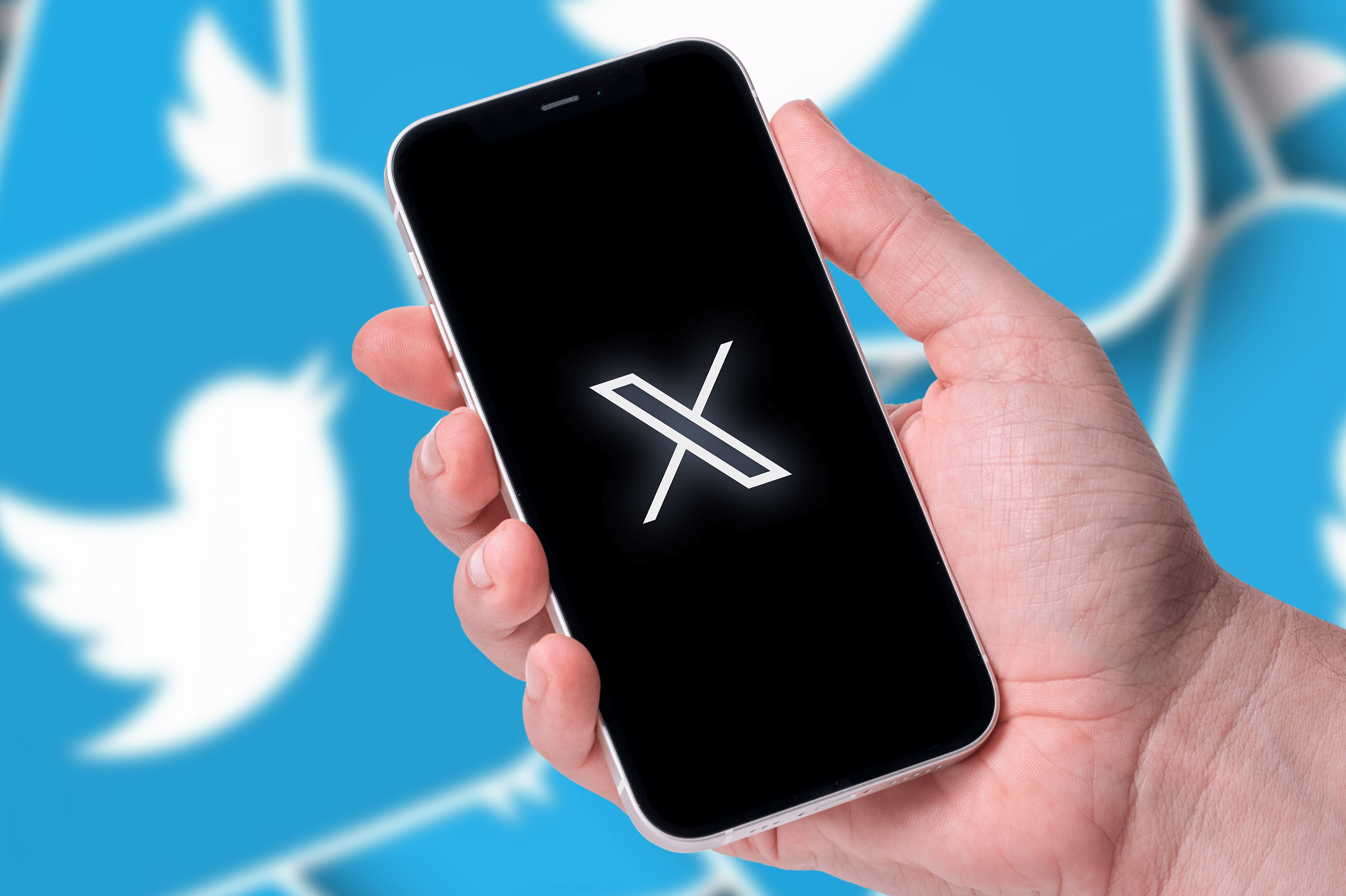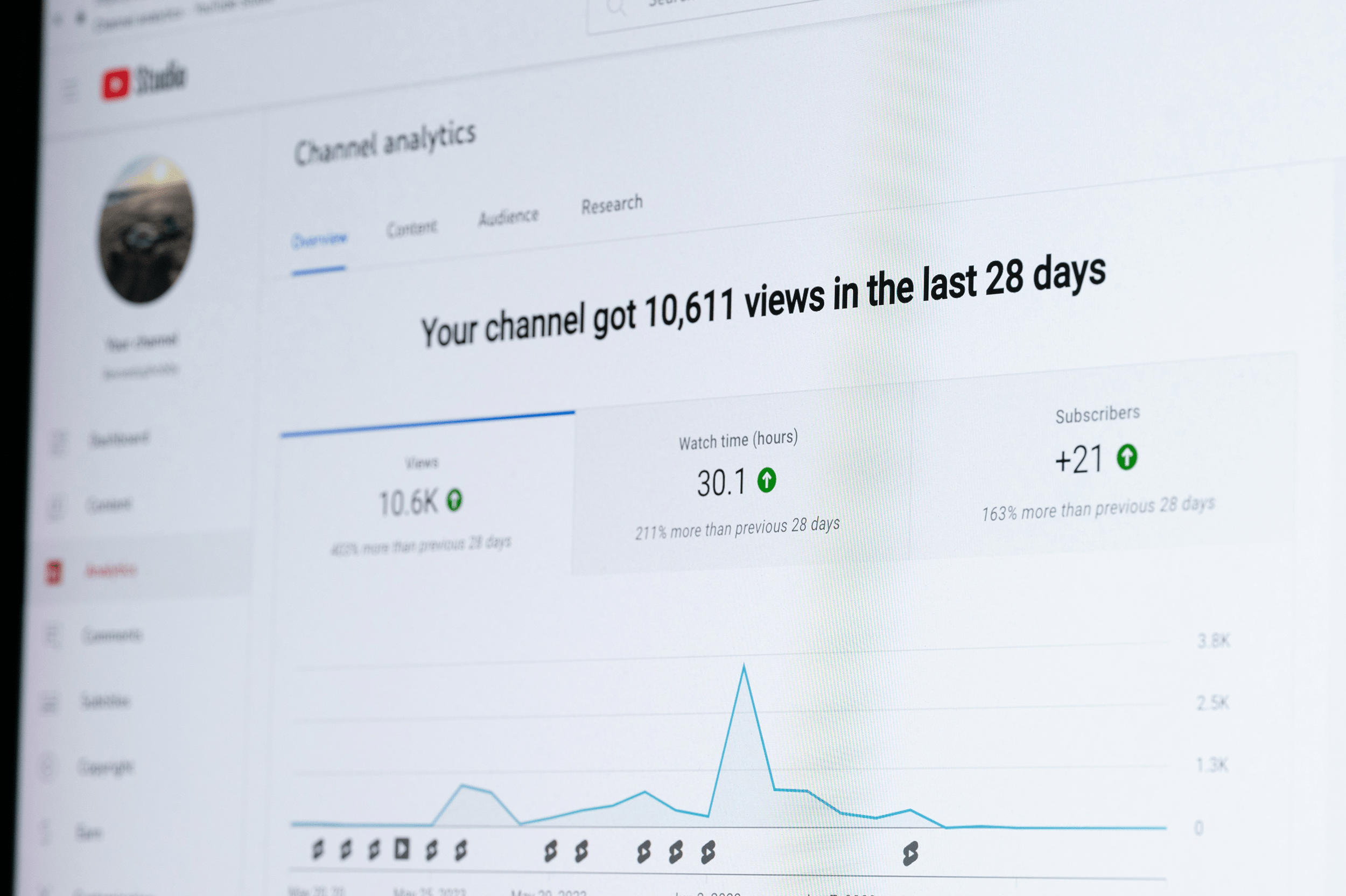Facebook Canvas ads (now known as Instant Experiences) are a marketer’s dream come true – if you know how to use them, that is. Facebook ads allow you to tell your brand’s story, promote several products in one post, and target your website visitors in your ads.
You can even optimize your ads for mobile users through Instant Experiences. These ads let you add video, images, product pages, and anything else you want to use to make your ad stand out. Best for deep storytelling, Instant Experiences lets you take users on a mobile journey through your brand and its offerings.
How Do Facebook Canvas Ads (Instant Experiences) Work?
Screenshot via Facebook
When a mobile user clicks on an Instant Experience ad in their news feed, Facebook will bring them to the full-screen ad. The user can then scroll through each page of your Instant Experience to see each component you add, which could be anything from a single image to a video or a product landing page.
These ads are optimized for mobile users. They’ll load instantly and look perfect on a mobile screen, unlike if you were to send them to a landing page on your website. You can also add contact forms, text blocks, look books, storefronts, and other interactive elements to your Instant Experiences.
Creating Instant Experiences (Formerly Canvas Ads) on Facebook
Facebook makes it simple to develop Instant Experiences, just like each of its other ads, using your Ads Manager. Open your Ads Manager, create a new campaign, and choose your marketing objective. The objective will need to be one that Instant Experiences supports, like Brand Awareness, Conversions, or Traffic.
Ads Manager walks you through setting a budget, entering campaign details, and designing your ad. Click the checkbox to turn your ad into an Instant Experience, which will then give you more options. You can choose from pre-made templates or customize your Instant Experience for your audience. Before you start your ad, be sure to preview it using the Mobile Preview link in your Ads Manager.
Tips for Using Facebook’s Instant Experiences Effectively

Screenshot via Facebook
Make sure you’re getting the most out of everything that Facebook’s Instant Experiences offer you and your brand with the following tips.
#1: Start with Pre-Made Canvas Templates
Custom is usually the way to go when you’re designing something for your brand. In the case of Instant Experiences, though, it’s best to get started by using a template that you can tweak to fit your needs. Not only is it a faster and easier way to get you up and running, but Facebook also offers templates optimized for achieving specific goals, like generating leads.
When you start with a template, you’ll be able to customize it with your headlines, text, products, images, etc. You just won’t have to start from scratch to do it.
#2: Make Your First Page Impressionable, and Subsequent Pages Different
You won’t be taking advantage of the many perks of Instant Experiences if you create an ad in which each page has an identical or similar layout. Instant Experiences are designed to take a user through a story, so you’ll want to ensure your ad is just as engaging in the middle and the end as it is in the beginning.
Your first page should always include something that will leave a lasting impression on your audience and entice them to keep scrolling through your ad. An image or video usually works well for this. Then, switch up the following pages with other elements. Add text blocks to ask your audience questions, carousels, product shopping pages, and anything else that will make users want to stick around.
#3: Encourage Action
The primary focus of Instant Experiences is to trigger some type of action from your audience, which will be the objective you set when you created the ad campaign. If you’re trying to get more traffic to your website, you’ll want to add clickable buttons and text or images that point users in that direction.
As your audience moves through your ad, they should know exactly what they should be doing. That could mean shopping your product pages, signing up for a discount, or going to a landing page to learn more about what you offer.
Facebook offers built-in forms, called Instant Forms, which are helpful for this. They integrate seamlessly into your ad, so users won’t have to click away to sign up for anything. Add it to your Instant Experience for people to give you their contact information as leads or sign up for your email list.
You’ve gotten your audience to click your ads and move through them to discover your brand’s content. Now, it’s up to you to keep them engaged with your brand. You might consider linking Instant Experience campaigns together, so your audience can continue learning more about you without leaving the mobile-optimized ad experience.
Instant Experiences are a new way for people to engage with your brand and its content – and in a way that caters to the modern mobile user. Need more help with your ad creation? Check out this guide to Facebook video ads.
If you’re looking for more ways to encourage your Facebook audience to engage with your brand or gain facebook followers, install the Facebook share button on your blog or website today. It takes just minutes to install and allows your readers or visitors to share your content with their Facebook connections with a single click. And, it’s totally free to use – so what are you waiting for? Get started today!
Additionally, you can check out our other guides on all things Facebook marketing to get the answer to questions like: how to pin a post on your Facebook timeline?





